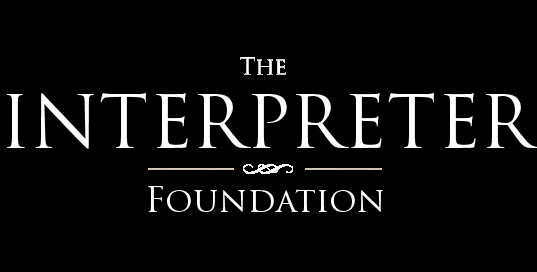2012
[biblio collection='interpreter' date='2012-01-01 to 2012-12-31' sort="date-asc"]
2013
[biblio collection='interpreter' date="2013-01-01 to 2013-12-31" sort="date-asc"]
2014
[biblio collection='interpreter' date="2014-01-01 to 2014-12-31" sort="date-asc"]
2015
[biblio collection='interpreter' date="2015-01-01 to 2015-12-31" sort="date-asc"]
2016
[biblio collection='interpreter' date="2016-01-01 to 2016-12-31" sort="date-asc"]
2017
[biblio collection='interpreter' date='2017-01-01 to 2017-12-31' sort="date-asc"]
2018
[biblio collection='interpreter' date="2018-01-01 to 2018-12-31" sort="date-asc"]
2019
[biblio collection='interpreter' date="2019-01-01 to 2019-12-31" sort="date-asc"]
2020
[biblio collection='interpreter' date="2020-01-01 to 2020-12-31" sort="date-asc"]
2021
[biblio collection='interpreter' date="2021-01-01 to 2021-12-31" sort="date-asc"]
2022
[biblio collection='interpreter' date="2022-01-01 to 2022-12-31" sort="date-asc"]



